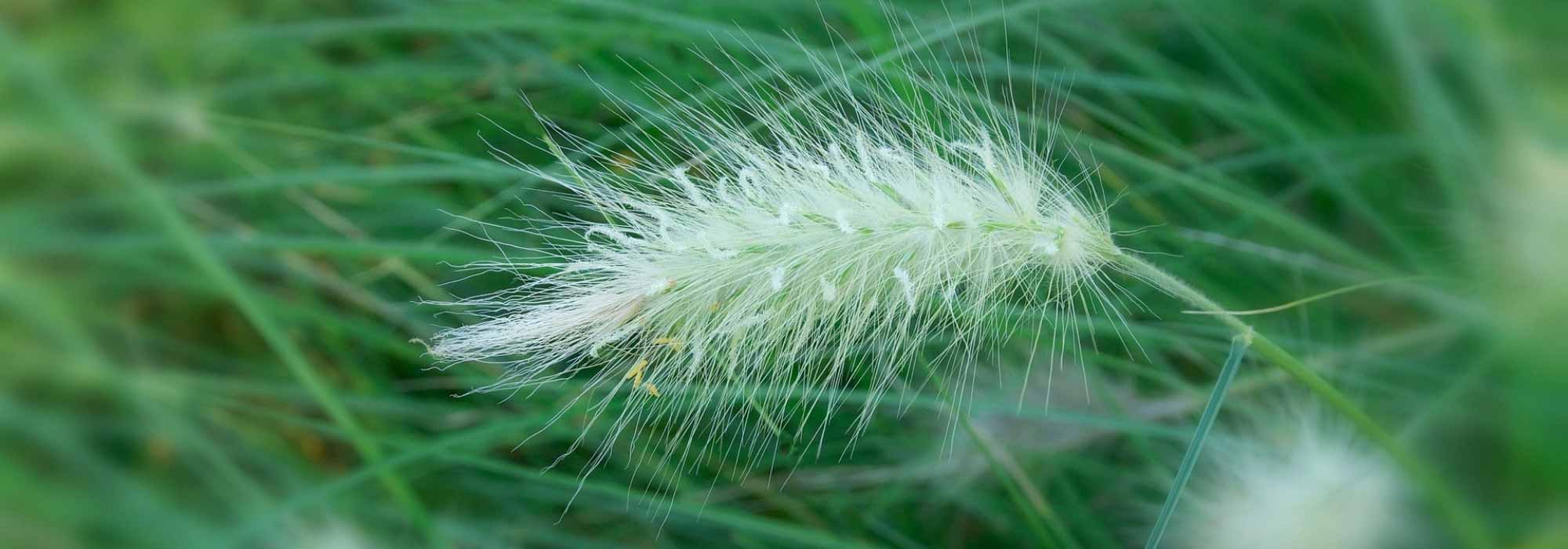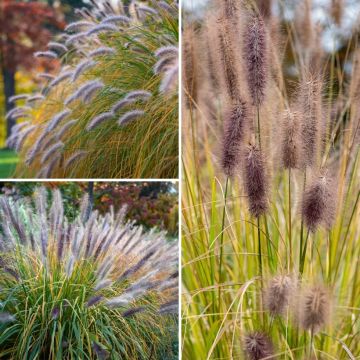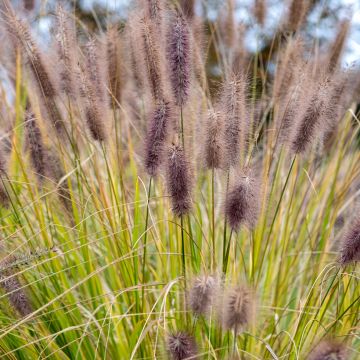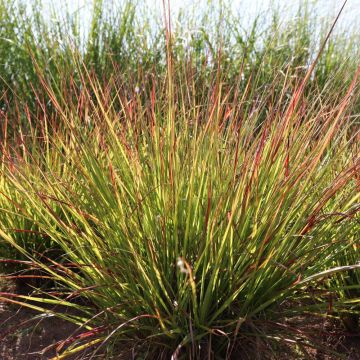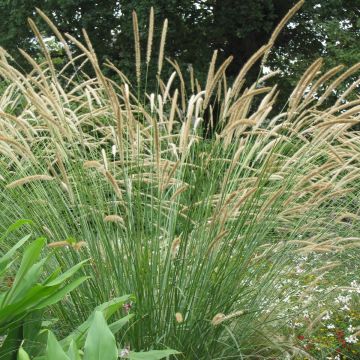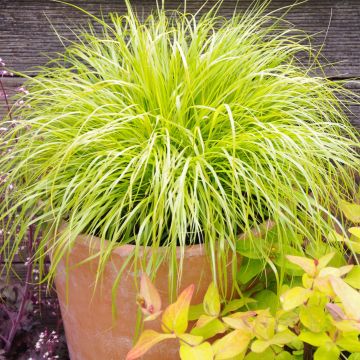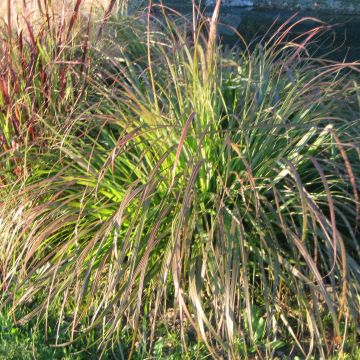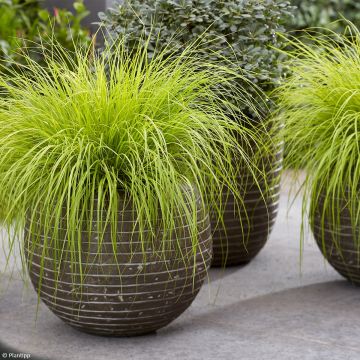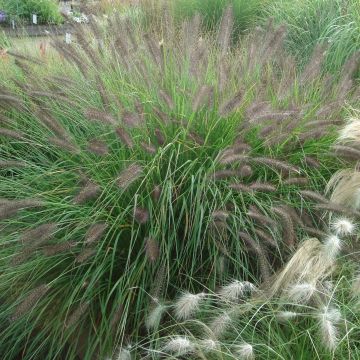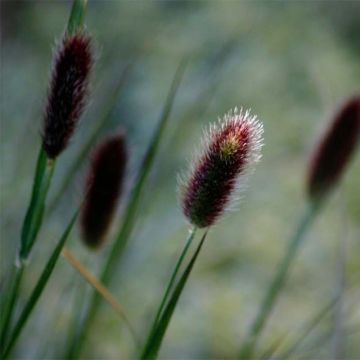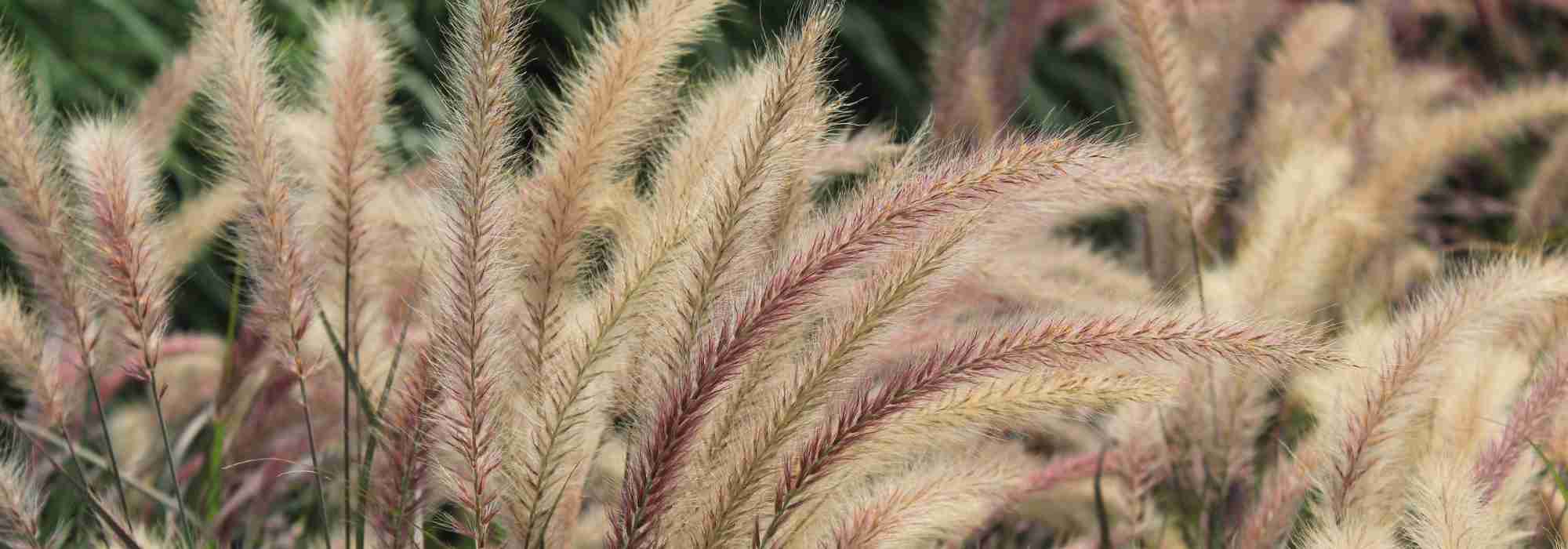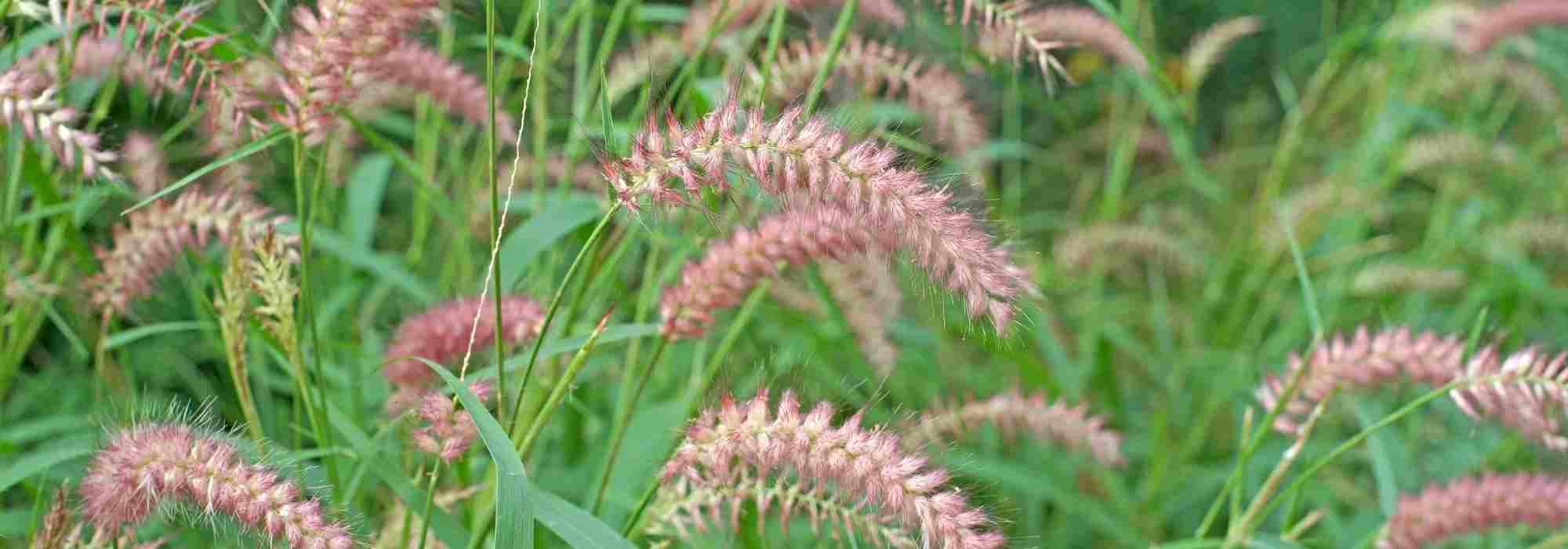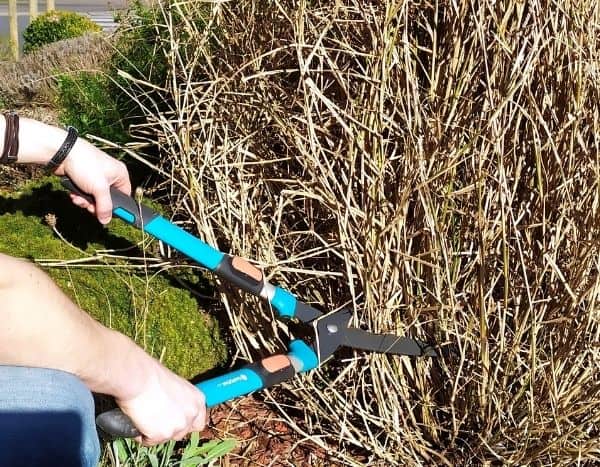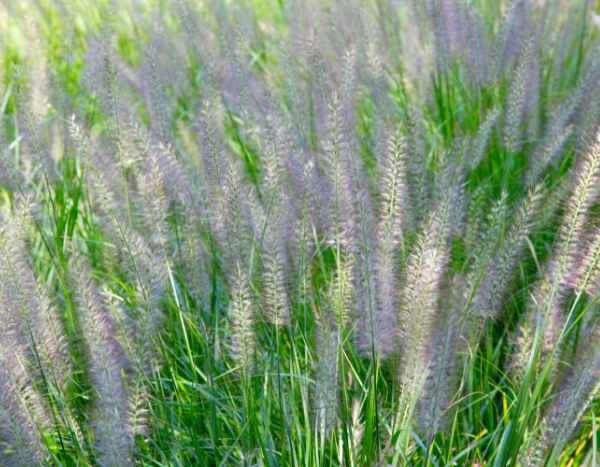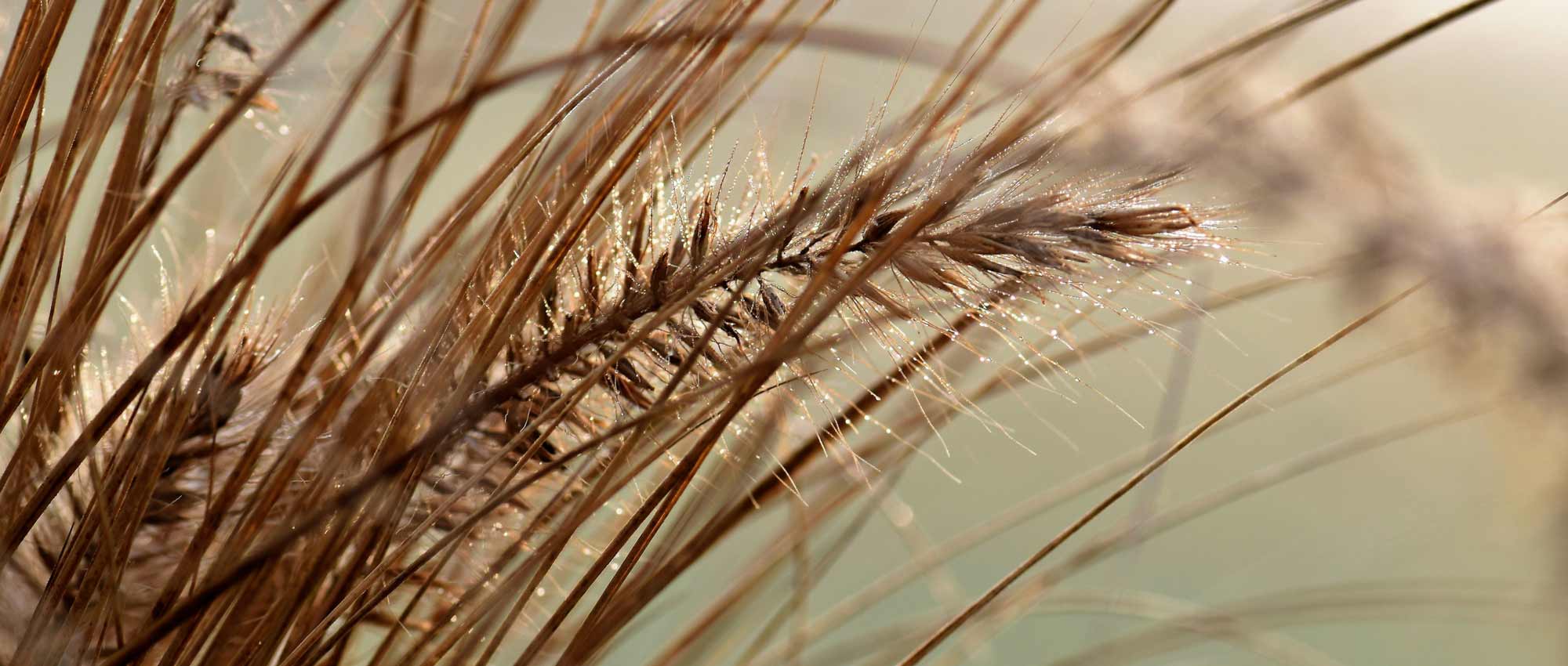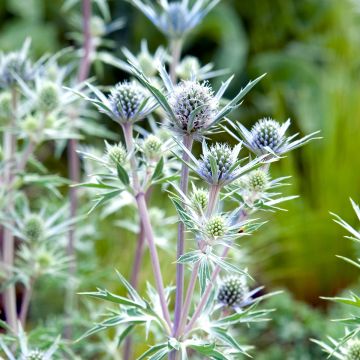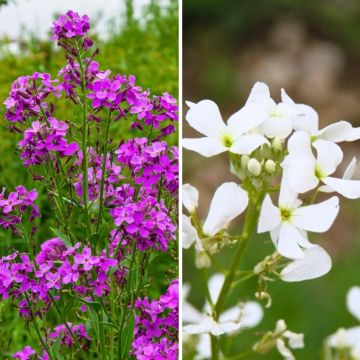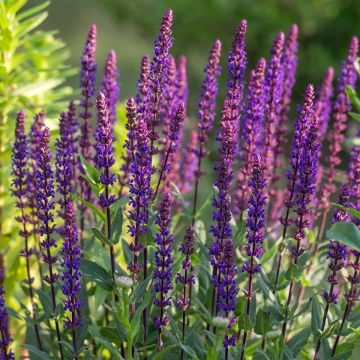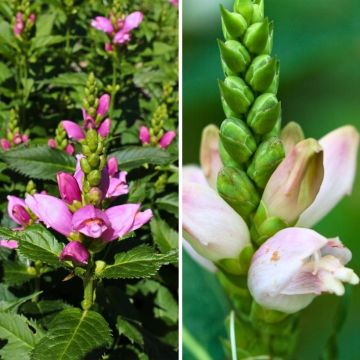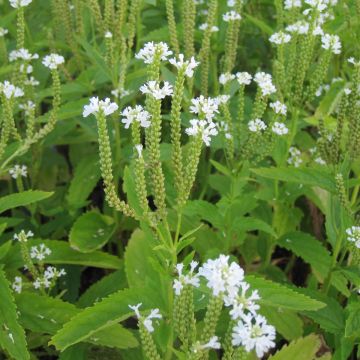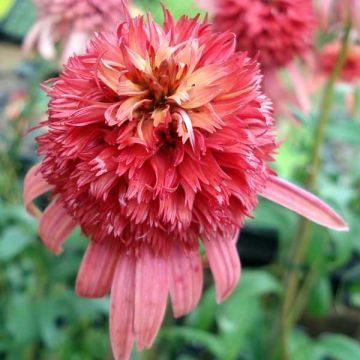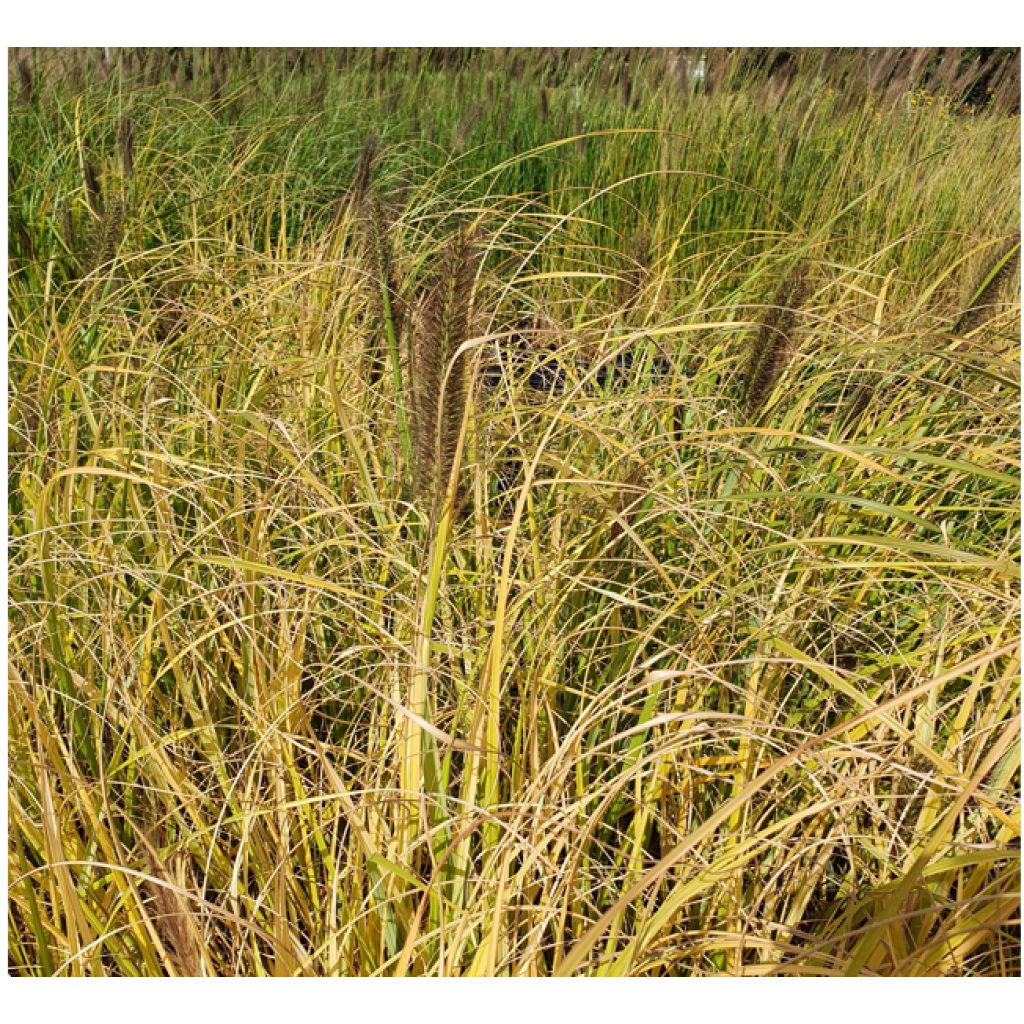

Pennisetum alopecuroïdes Lepage Gold - Chinese Fountain Grass


Pennisetum alopecuroïdes Lepage Gold - Chinese Fountain Grass
Pennisetum alopecuroïdes Lepage Gold - Chinese Fountain Grass
Pennisetum alopecuroïdes Lepage Gold
Fountain Grass, Chinese Fountain Grass, Foxtail Fountain Grass, Swamp Foxtail Grass
Special offer!
Receive a €20 voucher for any order over €90 (excluding delivery costs, credit notes, and plastic-free options)!
1- Add your favorite plants to your cart.
2- Once you have reached €90, confirm your order (you can even choose the delivery date!).
3- As soon as your order is shipped, you will receive an email containing your voucher code, valid for 3 months (90 days).
Your voucher is unique and can only be used once, for any order with a minimum value of €20, excluding delivery costs.
Can be combined with other current offers, non-divisible and non-refundable.
Home or relay delivery (depending on size and destination)
Schedule delivery date,
and select date in basket
This plant carries a 12 months recovery warranty
More information
We guarantee the quality of our plants for a full growing cycle, and will replace at our expense any plant that fails to recover under normal climatic and planting conditions.
Would this plant suit my garden?
Set up your Plantfit profile →
Description
The Pennisetum alopecuroides 'Lepage Gold' was created at the Lepage nurseries in France. Its young golden leaves made it stand apart from other grasses with spikes. This compact variety offers prolonged and decorative summer flowering in the form of sparkling spikes that look like small brushes. Initially greenish, they turn beige as they mature. The plant is attractive from spring to autumn, forming a beautiful fountain of delicate foliage that can be easily incorporated in annual and perennial beds, rockeries or even large pots on terraces.
The Pennisetum alopecuroides 'Lepage Gold' is a perennial grass that belongs to the Poaceae family. Its ancestor is native to a wide area of Northeast Asia and Australia. This 'Lepage Gold' variety forms a clump with an open, tall, wide habit reaching 50-60 cm (20-24in). The foliage consists of thin, trailing yellow leaves that turn light green. The flowering culms appear from the vegetation in summer, bearing characteristic flower heads from July to September. The flower heads, composed of very silky spikelets, are gathered in exceptionally bright brushes that are 10 to 15 cm (4 to 6in) long. Their colour evolves from green-white to light brown-beige in September-October. As autumn arrives, the foliage colours itself in amber and gold, shining under the sun. The plant looks pretty all winter because its leaves and stems are covered in frost.
This 'Lepage Gold' grass is best planted among more opulent or stiffer perennials, such as tall sedums, dahlias or Perovskia, and it brings a touch of flexibility to any landscape. It can also be paired with cushion-shaped plants such as Heucheras lady's mantles or with more wandering and lighter plants like yarrows, Lychnis coronaria, Verbena bonariensis, gauras, etc.
Pennisetum alopecuroides is a type of grass that can resist summer drought and is ideal for adding movement to rockeries or walls. These grasses look beautiful in low light and add depth to any garden, regardless of size. They also have a soft texture, making them perfect for flower meadows or paths. Pennisetum's dense root system helps to limit erosion.
Pennisetum alopecuroïdes Lepage Gold - Chinese Fountain Grass in pictures
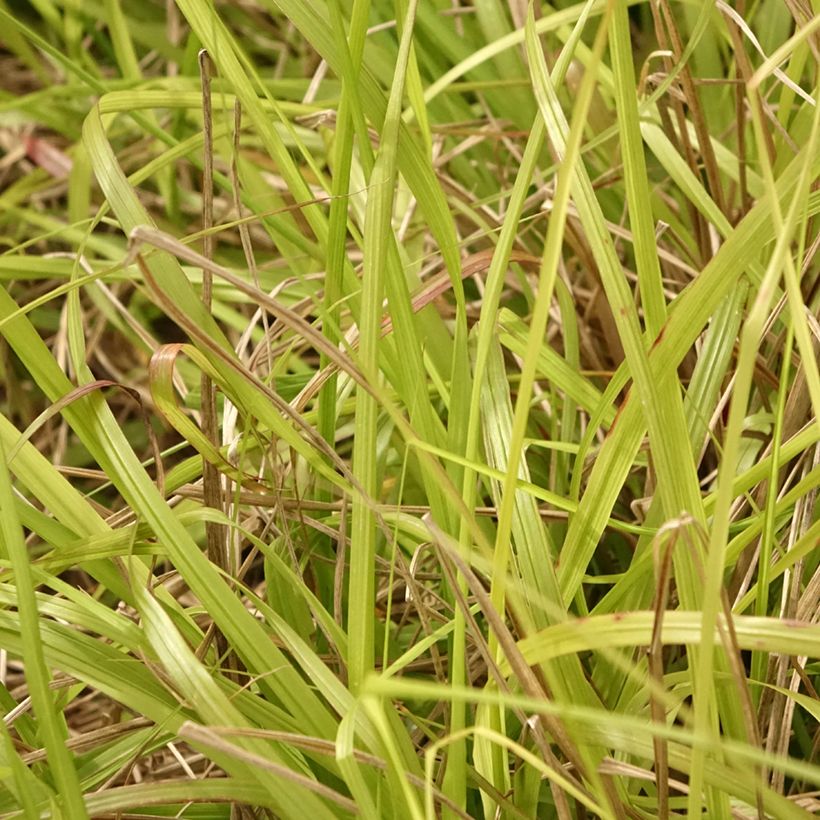

Flowering
Foliage
Plant habit
Botanical data
Pennisetum
alopecuroïdes
Lepage Gold
Poaceae
Fountain Grass, Chinese Fountain Grass, Foxtail Fountain Grass, Swamp Foxtail Grass
Cultivar or hybrid
Other Pennisetum
View all →Planting and care
To plant Pennisetum alopecuroides 'Lepage Gold', follow these simple steps. Choose a location with full sun and light, and well-drained soil. If your soil is heavy, mix some coarse sand, gravel, and compost to help it drain better. Dig a hole that is 20 cm (8in) x 20 cm (8in) x 20 cm (8in) and partially fill it with soil. Remove the pot from the plant and place it in the hole. Make sure the top of the root ball is covered with 3 cm (1in) of soil and press down firmly. Water the plant generously to eliminate air pockets. If it's dry, water regularly for a few weeks to help the plant establish. Prune the plant to 10 cm (4in) in late January or early February to create space for new foliage. Ornamental grasses remain decorative all year round.
Planting period
Intended location
Care
Planting & care advice
This item has not been reviewed yet - be the first to leave a review about it.
Similar products
Haven't found what you were looking for?
Hardiness is the lowest winter temperature a plant can endure without suffering serious damage or even dying. However, hardiness is affected by location (a sheltered area, such as a patio), protection (winter cover) and soil type (hardiness is improved by well-drained soil).

Photo Sharing Terms & Conditions
In order to encourage gardeners to interact and share their experiences, Promesse de fleurs offers various media enabling content to be uploaded onto its Site - in particular via the ‘Photo sharing’ module.
The User agrees to refrain from:
- Posting any content that is illegal, prejudicial, insulting, racist, inciteful to hatred, revisionist, contrary to public decency, that infringes on privacy or on the privacy rights of third parties, in particular the publicity rights of persons and goods, intellectual property rights, or the right to privacy.
- Submitting content on behalf of a third party;
- Impersonate the identity of a third party and/or publish any personal information about a third party;
In general, the User undertakes to refrain from any unethical behaviour.
All Content (in particular text, comments, files, images, photos, videos, creative works, etc.), which may be subject to property or intellectual property rights, image or other private rights, shall remain the property of the User, subject to the limited rights granted by the terms of the licence granted by Promesse de fleurs as stated below. Users are at liberty to publish or not to publish such Content on the Site, notably via the ‘Photo Sharing’ facility, and accept that this Content shall be made public and freely accessible, notably on the Internet.
Users further acknowledge, undertake to have ,and guarantee that they hold all necessary rights and permissions to publish such material on the Site, in particular with regard to the legislation in force pertaining to any privacy, property, intellectual property, image, or contractual rights, or rights of any other nature. By publishing such Content on the Site, Users acknowledge accepting full liability as publishers of the Content within the meaning of the law, and grant Promesse de fleurs, free of charge, an inclusive, worldwide licence for the said Content for the entire duration of its publication, including all reproduction, representation, up/downloading, displaying, performing, transmission, and storage rights.
Users also grant permission for their name to be linked to the Content and accept that this link may not always be made available.
By engaging in posting material, Users consent to their Content becoming automatically accessible on the Internet, in particular on other sites and/or blogs and/or web pages of the Promesse de fleurs site, including in particular social pages and the Promesse de fleurs catalogue.
Users may secure the removal of entrusted content free of charge by issuing a simple request via our contact form.
The flowering period indicated on our website applies to countries and regions located in USDA zone 8 (France, the United Kingdom, Ireland, the Netherlands, etc.)
It will vary according to where you live:
- In zones 9 to 10 (Italy, Spain, Greece, etc.), flowering will occur about 2 to 4 weeks earlier.
- In zones 6 to 7 (Germany, Poland, Slovenia, and lower mountainous regions), flowering will be delayed by 2 to 3 weeks.
- In zone 5 (Central Europe, Scandinavia), blooming will be delayed by 3 to 5 weeks.
In temperate climates, pruning of spring-flowering shrubs (forsythia, spireas, etc.) should be done just after flowering.
Pruning of summer-flowering shrubs (Indian Lilac, Perovskia, etc.) can be done in winter or spring.
In cold regions as well as with frost-sensitive plants, avoid pruning too early when severe frosts may still occur.
The planting period indicated on our website applies to countries and regions located in USDA zone 8 (France, United Kingdom, Ireland, Netherlands).
It will vary according to where you live:
- In Mediterranean zones (Marseille, Madrid, Milan, etc.), autumn and winter are the best planting periods.
- In continental zones (Strasbourg, Munich, Vienna, etc.), delay planting by 2 to 3 weeks in spring and bring it forward by 2 to 4 weeks in autumn.
- In mountainous regions (the Alps, Pyrenees, Carpathians, etc.), it is best to plant in late spring (May-June) or late summer (August-September).
The harvesting period indicated on our website applies to countries and regions in USDA zone 8 (France, England, Ireland, the Netherlands).
In colder areas (Scandinavia, Poland, Austria...) fruit and vegetable harvests are likely to be delayed by 3-4 weeks.
In warmer areas (Italy, Spain, Greece, etc.), harvesting will probably take place earlier, depending on weather conditions.
The sowing periods indicated on our website apply to countries and regions within USDA Zone 8 (France, UK, Ireland, Netherlands).
In colder areas (Scandinavia, Poland, Austria...), delay any outdoor sowing by 3-4 weeks, or sow under glass.
In warmer climes (Italy, Spain, Greece, etc.), bring outdoor sowing forward by a few weeks.






























